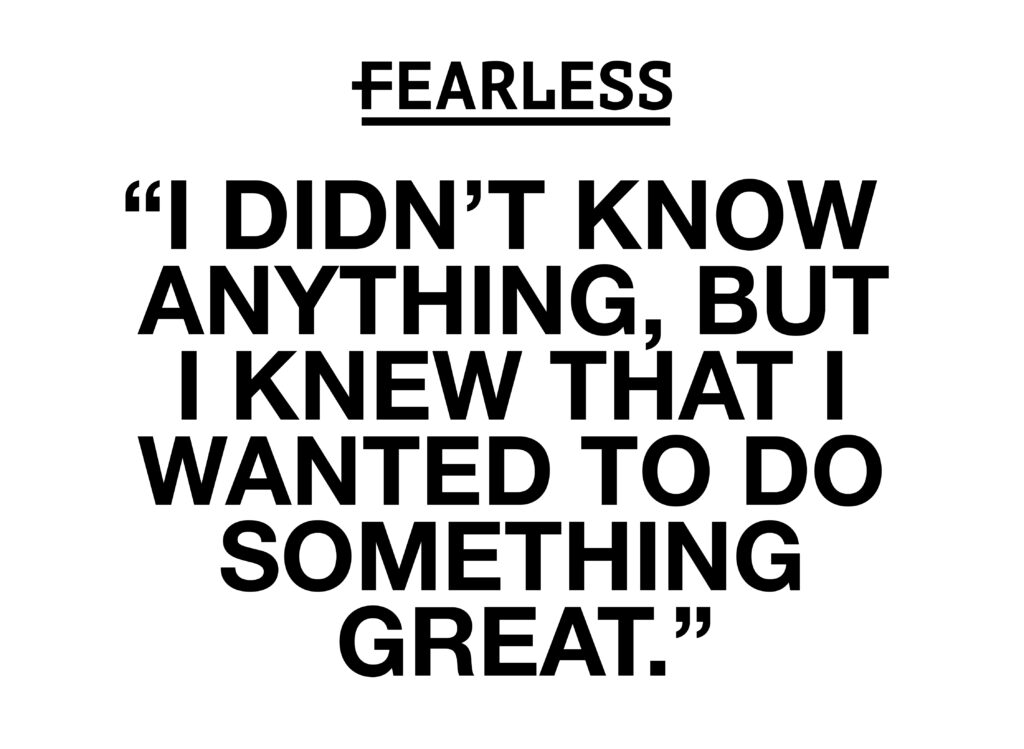Guest Opinion: The retirement conundrum

JANN FREED Jan 28, 2020 | 11:01 pm
3 min read time
644 wordsBanking and Finance, Business Record Insider
Retirement (the “R” word) is hard for both organizations and employees. Yet, retirement is an important transition and it is often handled poorly by organizational leaders. Older workers don’t want to mention the word for fear they will be pushed out. And Gallup research indicates most employees plan to work past the retirement age of 65 out of preference, not necessity.
Organizations lose skills, knowledge, experience and relationships every time someone retires. This “lost knowledge” takes time and money to replace. Employees lose when they are not prepared mentally and emotionally for life after work. The conundrum is that everyone faces the issue of leaving at some point, either voluntarily or involuntarily. There is a new life phase between 63 and 85 (about 8,000 days) where most of us are healthier and more active than in the past. As one of my friends says, “Leadership has a shelf life, and you need to know your expiration date.” But many are not graceful about dealing with retirement for themselves or for others. Often they hang on too long because they don’t have a plan for what’s next.
While most organizations provide retirement planning, it is usually financially focused. But once people have their finances in order, it is everything else people worry about — what I call beyond the money. The questions revolve around how to structure one’s life and how to find one’s identity. What am I going to do with my time? Who am I? How can I stay relevant and keep growing? How can I make a difference?
According to William Bridges, an authority on transition, every transition starts with an ending. Something ends before something else begins. In other words, a transition is similar to a death, and providing employees with “tools” for this ending is the right thing to do. When the transition does not go well, employees are likely to start the next life phase feeling bitter, sad or disappointed.
Vermeer Manufacturing in Pella is a great example of a company handling retirement well for the organization and for their employees. Dale Andringa, spouse of former CEO Mary Andringa, told me, “We want to prepare employees for the next phase of life, since most of them are financially set. For the past three years, we have had a program for pre-retirement. We bring in experts in financial, legal for wills and estate planning, a chaplain to learn about end of life issues, and hospice education/palliative care.” Illustrative of their commitment to planning for life after one’s career, Dale and Mary Andringa even teach a workshop on the nonfinancial aspects of retirement.
Andringa said they believe in the program because their employees are their most valuable assets. “Other companies might say this, but we take it to heart. From birth (we have an early learning center on-site) to death — we prepare them for life after work.”
I asked Andringa why Vermeer cares about people after retirement. “We want to keep them engaged as they are our best spokespersons and ambassadors. Our culture has been positively enhanced because of this program. The best proof of this is how quickly Vermeer recovered from the devastating tornado that destroyed one of our plants a few years ago.”
Andringa acknowledged that providing these services and information is easier for a private company. But any organization that wants to develop an engaged and devoted workforce should help people plan for beyond the money. In addition, he emphasized that younger employees need to see the value of staying with the company during most of their career.
When retirement is handled thoughtfully and intentionally, current employees, future employees and the companies for whom they work benefit. With 10,000 people turning 65 every day for the next two decades, there is no better time for organizations and employees to plan for what’s next than now.









